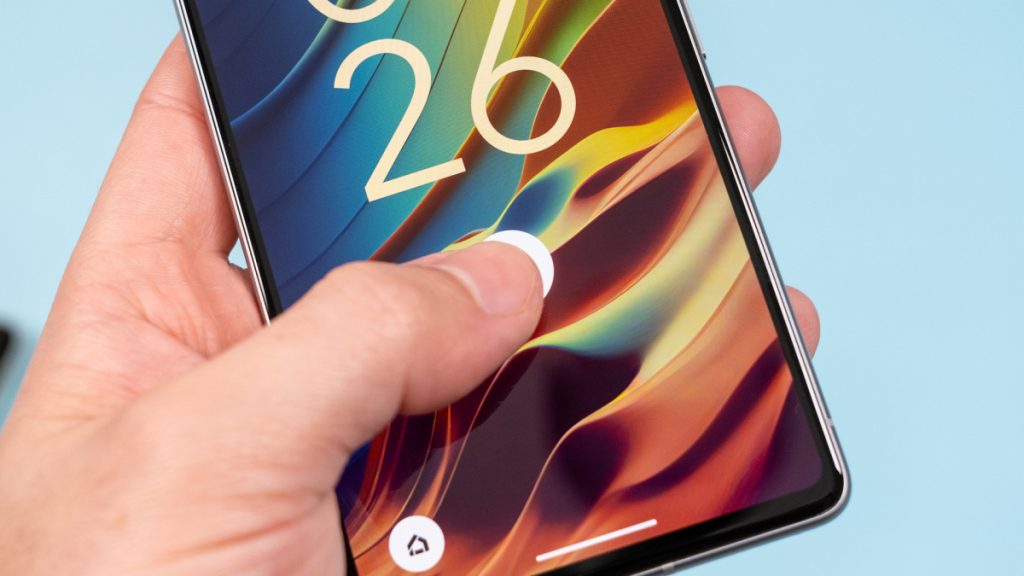Google is planning an early Pixel announcement this year, unveiling its latest hardware on Aug. 13. Plenty of details have already leaked, but a new report points to another upgrade. Google’s new phones could finally solve one of the core pain points, replacing the optical fingerprint sensor with a more advanced ultrasonic version.
This report comes from Android Authority, which has a source that confirms Google will upgrade the in-display sensor. This is believable for several reasons, not least of which Google has a habit of changing its biometric setup. Early on, the Pixels had rear-facing fingerprint sensors. Then Google tried using only face unlock, and then it transitioned to in-display fingerprint sensors.
The Pixel 6, 7, and 8 families use optical sensors, which use a visible light sensor under the display. The OLED panel shines a bright light on your fingerprint, and the sensor reads that reflected light to identify you. It works a bit like a camera. An ultrasonic sensor uses sound waves to map your fingerprint. Android Authority says we can expect to see the Qualcomm ultrasonic sensors in the Pixel 9 and Pixel 9 Pro. Google’s second-generation Fold will still have a sensor in the power button. Not even Samsung has managed to fit an in-display sensor in a foldable yet.

Credit: Qualcomm
Google will reportedly use Qualcomm’s latest ultrasonic sensors, the 3D Sonic Gen 2 (QFS4008), the same component found in Samsung’s Galaxy S24 Ultra. While most mid-range and flagship Android phones have moved to in-display fingerprint sensors, they’re almost all using optical sensors like the Pixels. Samsung is one of only a few OEMs that have committed to the more expensive ultrasonic version.
Ultrasonic sensors have several important advantages over optical scanners. For one, they don’t light up the room when they scan. There is no visual or auditory effect when the Qualcomm sensors are active, and they are generally faster and more accurate. They also work better if your finger is wet or grimy. Samsung’s first implementation did have some problems with screen protectors, but newer versions are properly secured.
This is an important upgrade for Pixel phones, which have increasingly crept up on Samsung’s Galaxy S pricing. It’s difficult to justify a $1,000 smartphone with second-rate biometric tech. After all, you interact with it almost every time you use the phone.
#Google #Ultrasonic #Fingerprint #Scanner #Pixel,
#Google #Ultrasonic #Fingerprint #Scanner #Pixel

